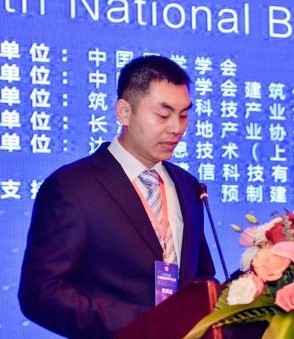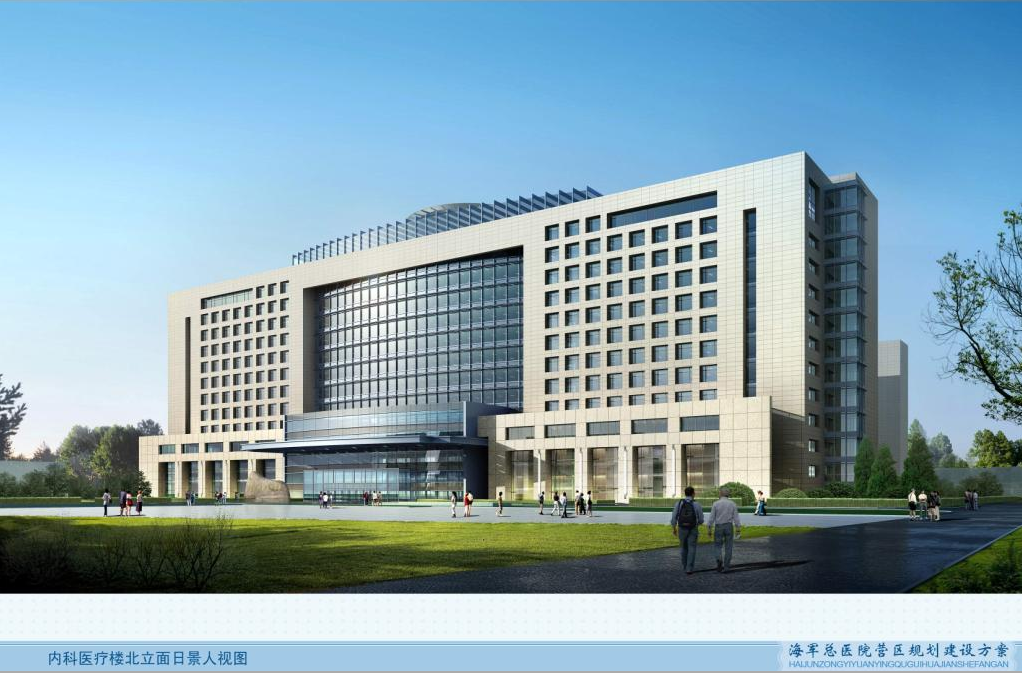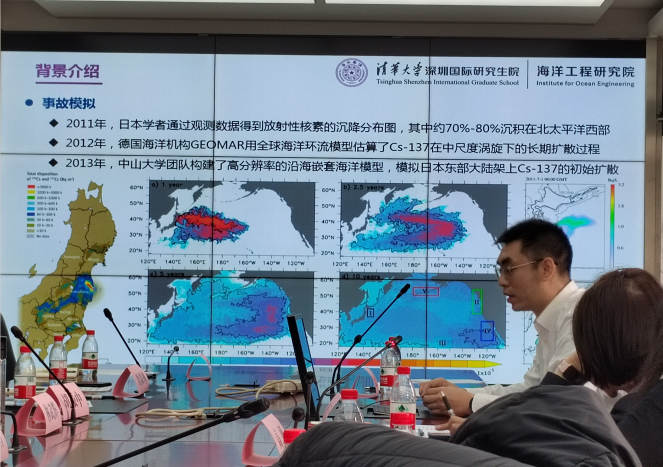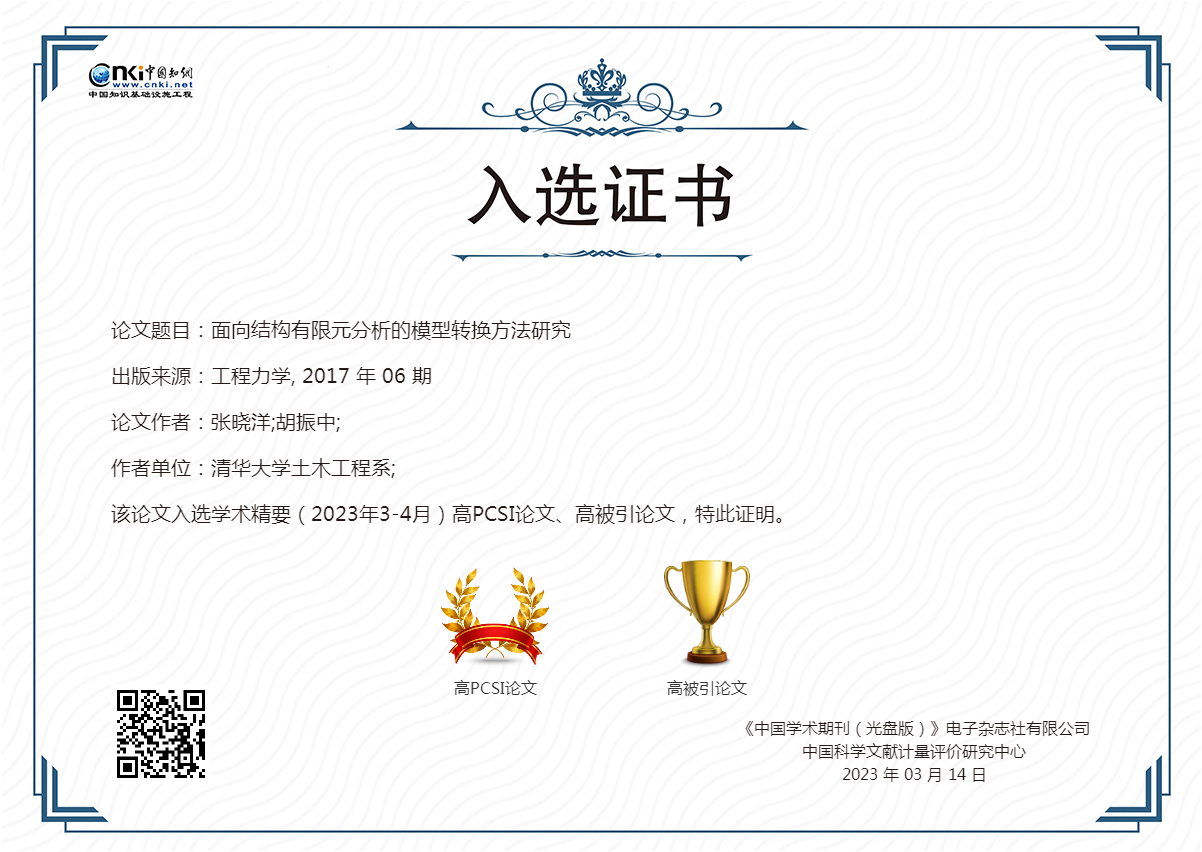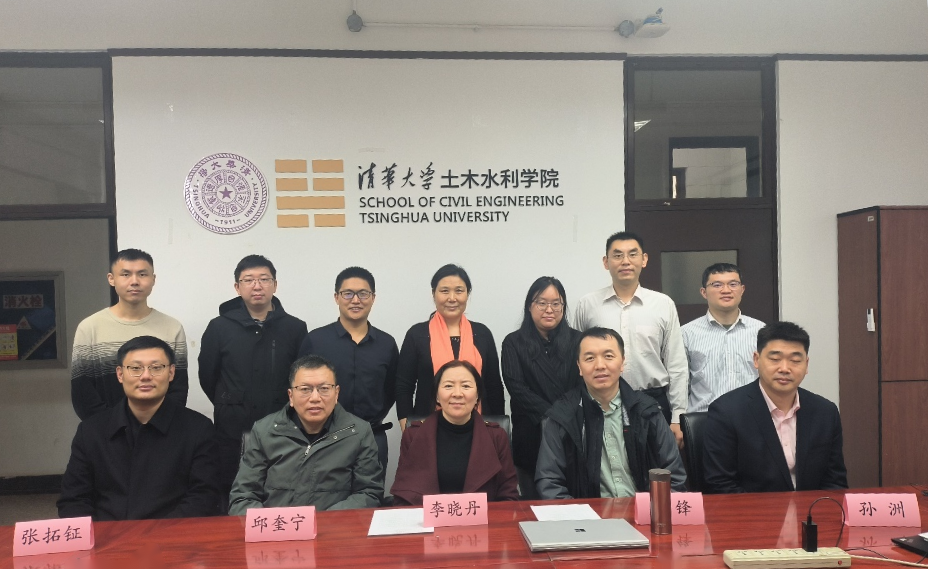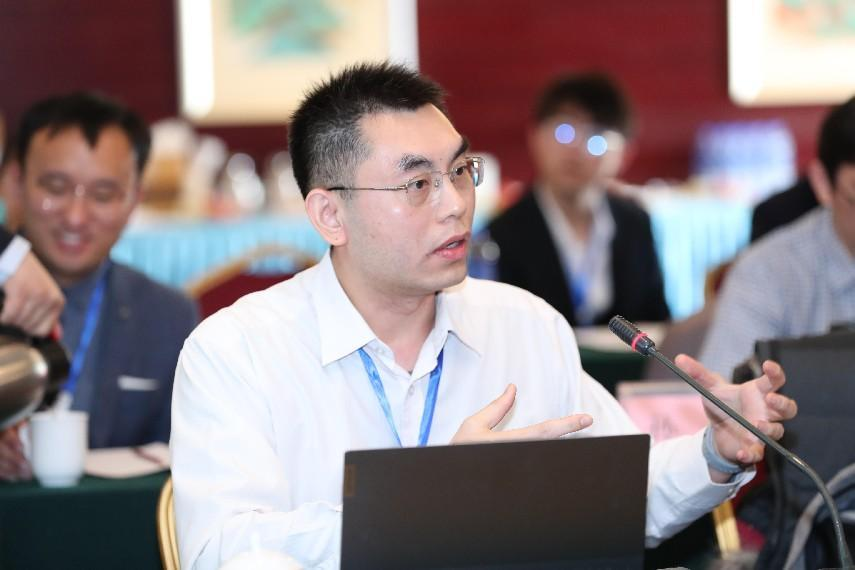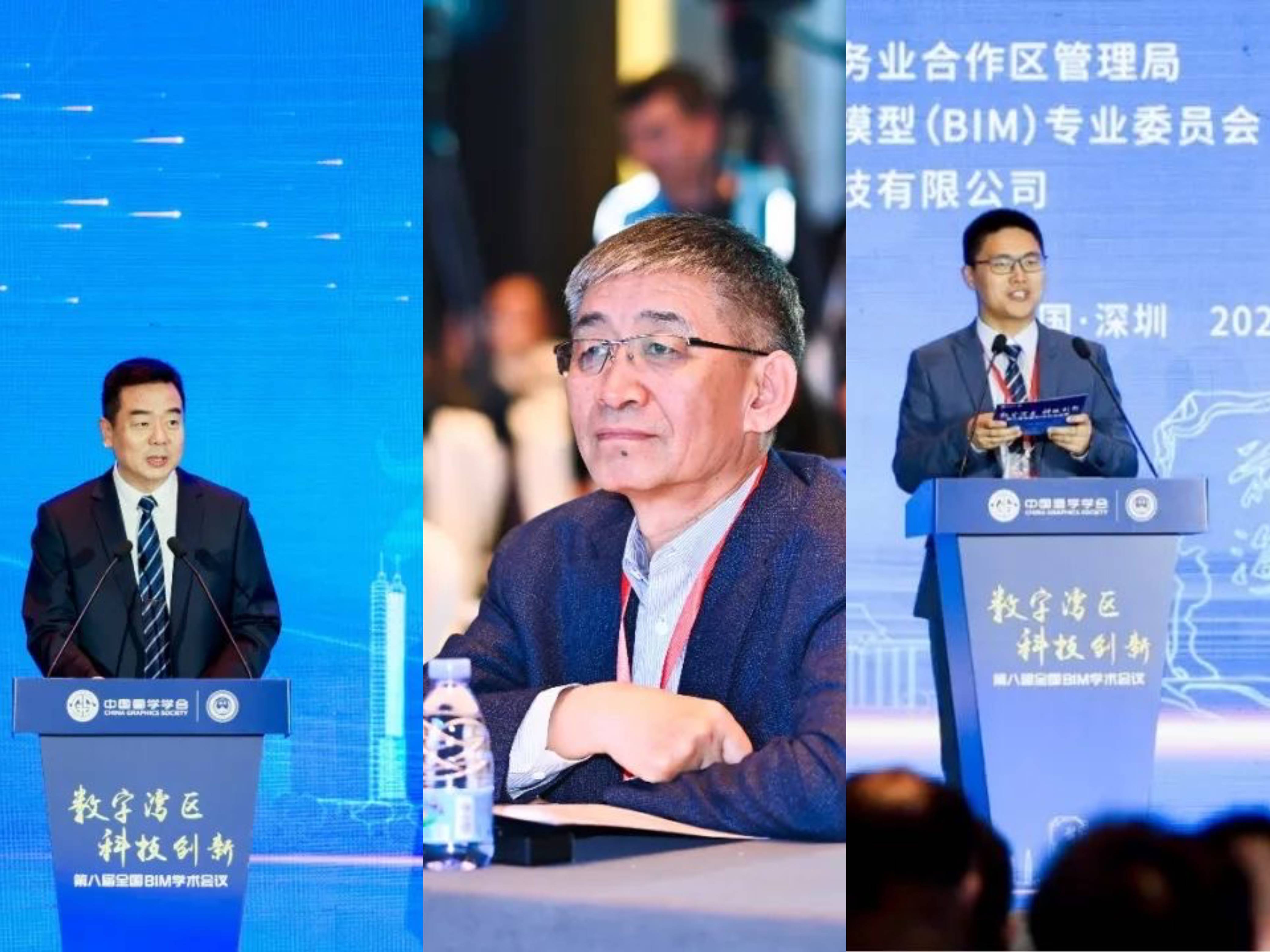On March 15, the national key research and development plan "urban sustainable Development key technology and equipment" key special project "building and municipal public facilities intelligent operation and maintenance theory and method" project launch meeting and implementation plan discussion meeting was held in Beijing. Mr. Sun Xinzhang, Deputy Director of the Office of Strategic Studies and Regional Development of China Agenda 21 Management Center, Academician Huang Wei of Southeast University, Academician Peng Yongzhen and Academician Du Xiuli of Beijing University of Technology and other 8 project consulting experts attended the meeting.
The project consists of 4 subjects. Professor Zhang Lianzhen from Harbin Institute of Technology, as the project leader, reported the overall situation of the project to the participating experts. The participating experts fully affirmed the theoretical innovation and overall implementation plan of the project, and believed that the project has urgent social needs, outstanding innovation and great significance for research and development. Meanwhile, they demonstrated the key issues of the project and the subject, and put forward constructive opinions and suggestions.
I served as the person in charge of project 2, "Rapid Holographic Sensing and multi-source heterogeneous data Fusion for Intelligent operation and Maintenance of buildings and municipal public Facilities", and reported to the experts attending the meeting about the research background, research content and task decomposition, technical scheme and implementation plan, expected results and organizational guarantee, etc. Ma Lin, Associate Professor of Harbin Institute of Technology, Ren Zhengru, Assistant Professor of Tsinghua Shenzhen International Graduate School and other members of the research team also participated in the meeting.
